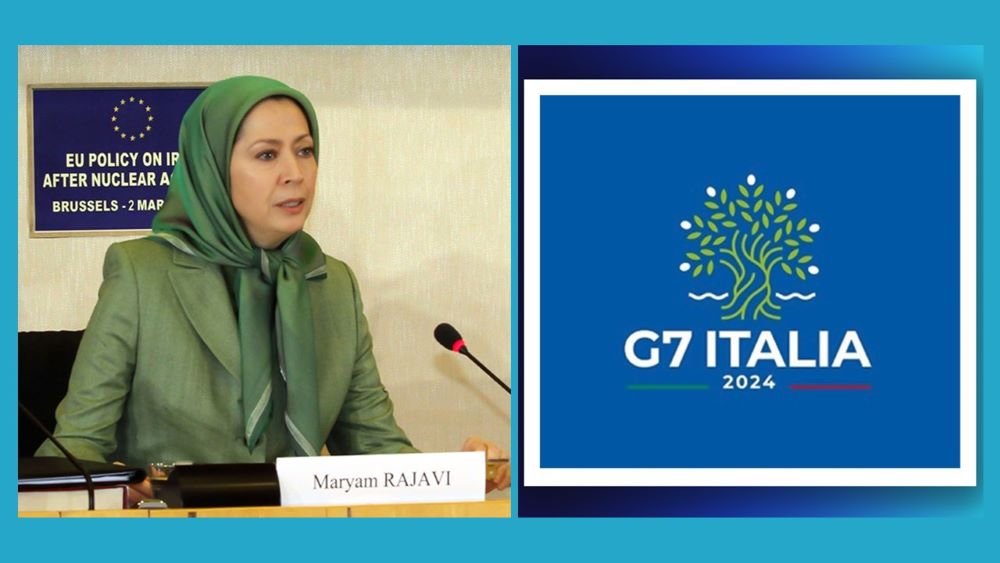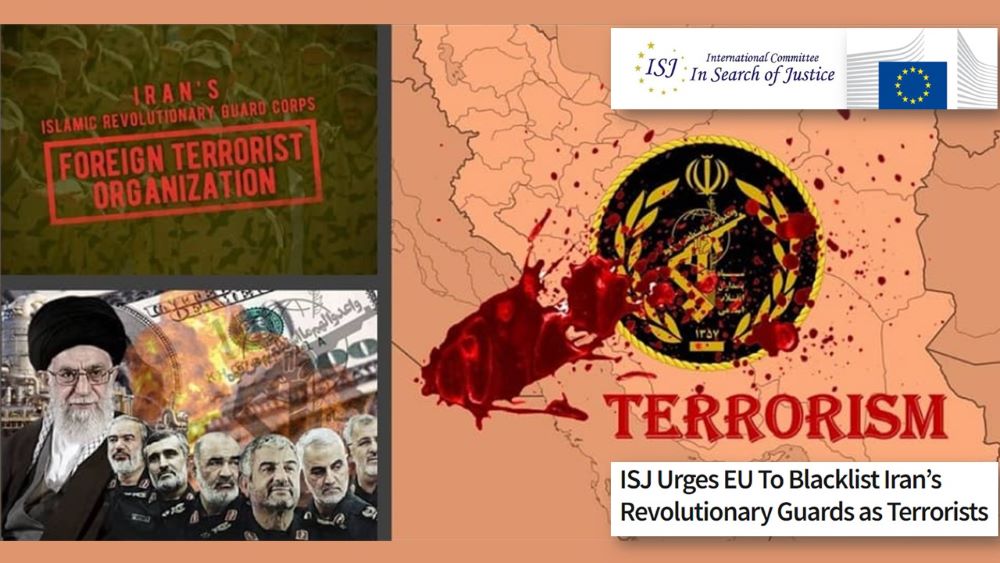What is the water crisis?
According to classical definitions, when the total water consumption in a country is more than 40% of the total renewable water resources of that country, that country enters a water crisis or water shortage problem.
The drinking water supply of 467 cities in Iran depends on the water resources behind the dams, but the amount of water in the dams in 2021 compared to the average in 2020, has decreased by 60% and the amount of volume in them has decreased by 34%.
Days in summer, and Irna’s capital has entered an orange state, indicating that there is a water shortage. Tehran province alone consumes 25% and Tehran city 17 to 18% of the country’s drinking water.
Currently, the water crisis in Tehran has become much deeper than in previous years and the water in dams near Tehran have decreased by 10 to 15 percent. In 2021 Tehran dams will experience a deficit of 360 million cubic meters of water, but the problem is not only in Tehran.
304 cities at risk of water crisis
Hamidreza Janbaz, the CEO of Iran’s Water and Wastewater Company stated that currently out of 304 cities exposed to the water crisis, 101 cities are in the red status in terms of water supply.
Hamidreza Janbaz added that in 2021, drinking water was to be supplied to about 8,000 villages through mobile water supply. In 2020, this number was equal to 5500 villages.
In other words, the number of villages supplied with water by tanker has increased by 45% in just one year compared to 2020.
The water crisis has also affected the northern provinces
The water crisis in Iran has reached such a level that the northern provinces of the country, which are ranked higher in terms of rainfall, are also experiencing a water crisis.
Gorgan province, which is almost similar to Mazandaran in terms of rainfall, has also witnessed a few hours of water shortages.
There is no doubt that Iran is located in a hot, dry and semi-desert region and this geographical area causes problems in the field of drinking water supply, but the water crisis is not merely due to not return to the Iranian climate.
There are other problems and reasons. Perhaps it can be said that their share in the water crisis is more than the climate and geographical circumstances.
Water transmission network wear
One of the defining factors of water is the deterioration of the water transmission network. The water that is treated for drinking is lost due to the wear and tear of the network and its water pipes and related devices on the way to the destination, and the consumer.
Only as an example on July 29, the CEO of Shiraz Water and Wastewater announced that 25 to 26 percent of the province’s water is wasted in the distribution network.
Before this and at the beginning of July 2020, the Deputy Minister of Energy saidv: “Currently, 30% of the equipment in the water industry is worn out and needs to be repaired or changed, but the improvement of all infrastructure requires a lot of capital.”
Inefficient and underdeveloped agriculture
Another reason for the lack of agricultural water is inefficient and underdeveloped agricultural system in Iran under the mullahs’ regime.
While only 12% of Iran’s farming lands have been cultivated with agricultural products. About 93% of Iran’s water consumption has been in the agricultural sector.
This severely affects water resources and overflows into the drinking water sector of citizens due to mismanagement and lack of management of the disasters caused by it.
Improper dam construction
Irregular dam construction, which was mainly started by the Revolutionary Guards (IRGC) after the end of the Iran-Iraq war, is one of the main causes of water shortages.
The IRGC have restricted power in this regard to the responsible organizations, including the Environment Organization and activists in this field. To profit more, they have built dams that are neither cost-effective nor efficient in supplying drinking water to citizens and even in supplying agricultural water. For example, the IRGC built the Gotvand Dam in southwest Iran, which caused drought in Khuzestan province.
The effects of the water crisis on human society
Water scarcity and water shortage crisis normally cause many problems for the civil society of any country. But what has caused the problems of the Iranian people in the heat of summer and the water crisis these days in addition are power outages and the fifth wave of the Covid-19 outbreak.
According to the latest information, 92 cities in Iran are in a red and acute situation due to fifth wave the outbreak of Covid-19 disease. Some of these provinces are in completely dry areas of the country, including Sistan and Baluchestan, Hormozgan, Fars, and Yazd.
With this situation and the intense need for water on hot summer days and health expenditures to deal with the outbreak of corona, it is possible to guess how much these crises effects Iran’s restive society.





